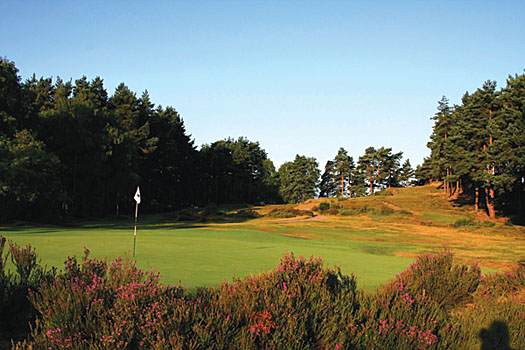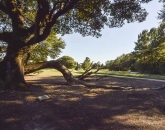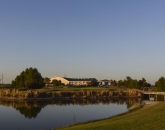
More yards inherently mean more money. The longer the golf course, the more land required. The result being additional costs associated with land purchase and construction – more earthworks, more drainage, more irrigation, more grass. This then has a snowball effect as the maintenance scope increases, including but not limited to, the need for more water. Did you ever wonder why you were paying so much to play golf?
I doubt anyone takes much notice of the total par score, so why are we hung up on the number 72? In fact one would argue that par is inconsequential anyway. I refer to the legendary Bobby Jones, who is quoted as saying, “The practice of printing par figures is literally a mental hazard”. If one were to think about this logically, a par of 70 or 71 would make more sense. The time it takes to play a round of golf would be reduced and the likelihood that the average golfer would break 90 would be vastly increased.
Great golf courses are not a product of some magic number or figure. Great golf courses don’t conform by way of their score. Instead, great golf courses are a product of how much charm, interest and variety they possess. Great golf course makes us think, as they offer a multitude of strategic options. Great golf courses allow us the opportunity to enjoy our surrounds and experience some of the wildlife that wander these environments. Great golf courses are memorable in every way, even if we are building up a big score.
So enough of this length and par nonsense. Let the focus be on creating golf experiences we can all enjoy.
Paul Jansen is the principal architect for Jansen Golf Design. For more information visit his website at www.jansengolfdesign.com
Pages
- « first
- ‹ previous
- 1
- 2
- 3
Click here to see the published article.











